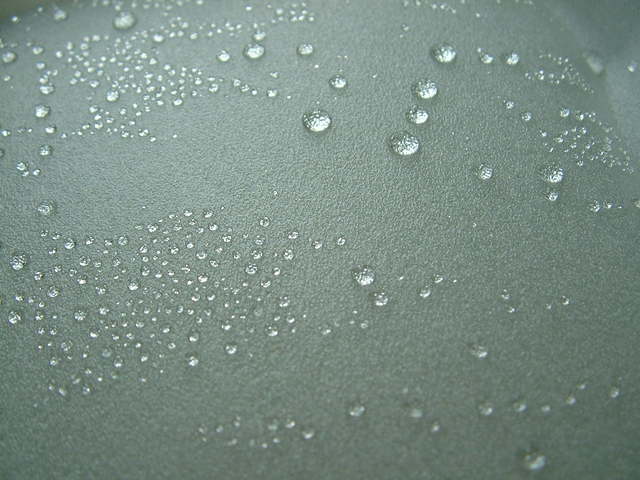While an excess of humidity can create a whole host of issues in a home, indoor air that is too dry can also present a problem. You may experience skin irritation and static shock, and in cases of excessively dry air, this can affect the home with problems like warping of furniture and peeling wallpaper, etc. As a solution to this, you may want to consider a central humidifier. In this blog, we will briefly discuss how a central humidifier works and some things you should think about before installing one.
How does a central humidifier work? Instead of a stand-alone machine that will only provide relief to a smaller area, a central humidifier is fitted to the home’s forced-air system. It is fed water by a connection to the plumbing system. This way the whole house benefits from the humidifier’s effects.
Although a central humidifier works well to provide dry air relief, it’s important to consider some of the potential unw anted side effects of installing one. For example, if the humidifier is not maintained well enough, you may start encountering issues related to an excess of moisture. This would include the growth of dangerous bacteria such as mold and mildew which could quickly turn your indoor environment into a hazardous one.
anted side effects of installing one. For example, if the humidifier is not maintained well enough, you may start encountering issues related to an excess of moisture. This would include the growth of dangerous bacteria such as mold and mildew which could quickly turn your indoor environment into a hazardous one.
As we mentioned, this article has given you a very brief idea of whether a central humidifier will work for your home, but if you are seriously considering installing one, make sure you do all the appropriate research on the best way to maintain it. If your home already has a central humidifier, a good thing to ask yourself is when was it last inspected? If it has been a while, you may want to put it on your list of home maintenance tasks.
